Passive Sentences Worksheets
Worksheets are a valuable tool for learning and practicing passive sentences. Designed to assist English language learners and students seeking to master sentence structure, these worksheets provide a comprehensive and engaging way to study the passive voice. By providing exercises, explanations, and examples, this resource offers a targeted approach to help learners grasp the concept of passive sentences and enhance their writing skills.
Table of Images 👆
- Word Unscramble Sentence Worksheet
- Active Passive Voice Worksheet
- Sentence Type Worksheets
- 5th Grade Math Worksheets Graphs
- Active and Passive Voice Exercises Worksheets
- Pronoun-Antecedent Worksheet
- Active and Passive Voice Worksheets
- English Grammar Tenses Chart
- Passive Voice Exercises
- Active and Passive Voice Exercises
- Sentence Scramble Worksheets Printable
- Irregular Plural Nouns Worksheets
- English Tenses Formula
More Sentence Worksheets
Kindergarten Sentence Worksheets4 Types of Sentences Worksheets
Simple Sentences for Kindergarten Worksheet
Simple Sentence Worksheets 6th Grade
Kindergarten Sentence Practice Worksheets
Four Types of Sentences Worksheets
A 5 Sentence Paragraph Writing Worksheet
What are passive sentences?
Passive sentences are sentences where the subject of the sentence is the recipient of the action, rather than the doer of the action. In passive voice, the object of the action becomes the subject of the sentence and the doer of the action may or may not be mentioned using a "by" phrase. For example, "The cake was baked by Mary" is a passive sentence where the focus is on the cake being baked rather than Mary baking it.
How are passive sentences structured?
Passive sentences are structured with the object of the active sentence becoming the subject of the passive sentence, followed by the appropriate form of the verb 'to be' and the past participle of the main verb. The doer of the action in the passive sentence, if mentioned at all, is typically placed at the end of the sentence with the preposition "by." This structure allows for focus on the recipient of the action rather than the doer.
When are passive sentences used?
Passive sentences are used when the focus is on the action being done, rather than on the doer of the action. They are also used when the doer of the action is unknown, unimportant, or should not be emphasized. Passive voice is commonly used in scientific and academic writing, as well as in situations where objectivity and formality are required.
What is the purpose of using passive voice?
The purpose of using passive voice is to emphasize the action or the recipient of the action rather than the person or thing performing the action. It can also be used to create a sense of formality, to shift the focus of a sentence, or to avoid placing blame or responsibility on a specific individual.
How do you identify passive sentences?
Passive sentences can be identified by looking for a form of the verb "to be" (such as is, am, are, was, were, has been, have been, will be) followed by a past participle. Additionally, the subject of the sentence in passive voice typically receives the action rather than performing it.
What are some examples of passive sentences?
Here are some examples of passive sentences: "The gift was opened by the child." "The house was cleaned by the maid." "The book was read by the students." "The problem was solved by the team." In passive sentences, the object of the action becomes the subject of the sentence, and the doer of the action (if mentioned) is placed at the end of the sentence or omitted.
How do passive sentences differ from active sentences?
In passive sentences, the subject receives the action of the verb, while in active sentences, the subject performs the action. Passive sentences typically use a form of the verb "to be" along with the past participle of the main verb, resulting in a less direct or dynamic sentence structure compared to active sentences, which tend to be clearer, more concise, and engaging for the reader.
What are some common mistakes to avoid when using passive sentences?
When using passive sentences, it's important to avoid ambiguity by clearly identifying the subject performing the action. Additionally, be cautious not to overuse passive voice, as it can lead to wordy and dull writing. Avoid using excessive prepositional phrases and instead focus on concise and direct language to maintain clarity and engagement for the reader. Lastly, be mindful of shifting focus away from the main subject of the sentence, as this can weaken the impact of your message.
Can passive sentences be used in all types of writing?
Passive sentences can be used in all types of writing, but it is important to use them strategically. They can be particularly beneficial in scientific, technical, or formal writing where the focus is on the action or object rather than the subject performing the action. However, in most cases, active sentences are preferred for clarity, directness, and engagement with the reader. It's essential to use passive voice sparingly and thoughtfully to ensure that your writing remains clear and effective.
How can you improve your writing by using a combination of passive and active sentences?
By incorporating a mix of passive and active sentences in writing, you can enhance the overall flow and rhythm of your text. Passive sentences can create variety and emphasize the receiver of an action, while active sentences bring energy and directness to your writing. This combination allows you to convey information in a clear and engaging manner, creating a dynamic and balanced piece of writing that keeps the reader's attention while effectively communicating your message.
Have something to share?
Who is Worksheeto?
At Worksheeto, we are committed to delivering an extensive and varied portfolio of superior quality worksheets, designed to address the educational demands of students, educators, and parents.

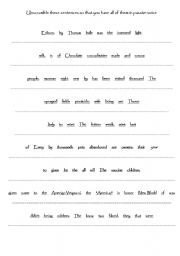



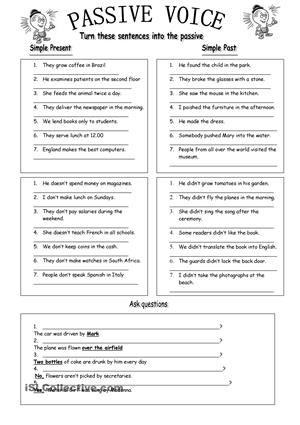
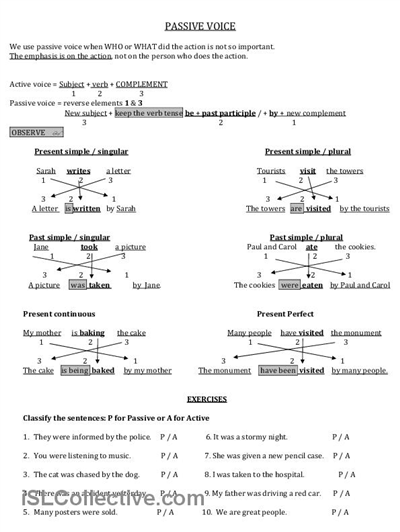

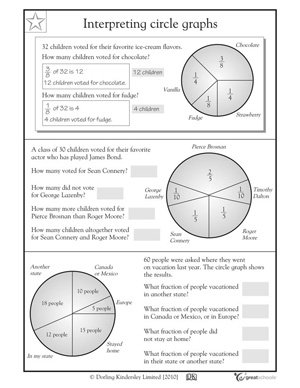
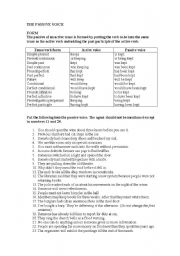
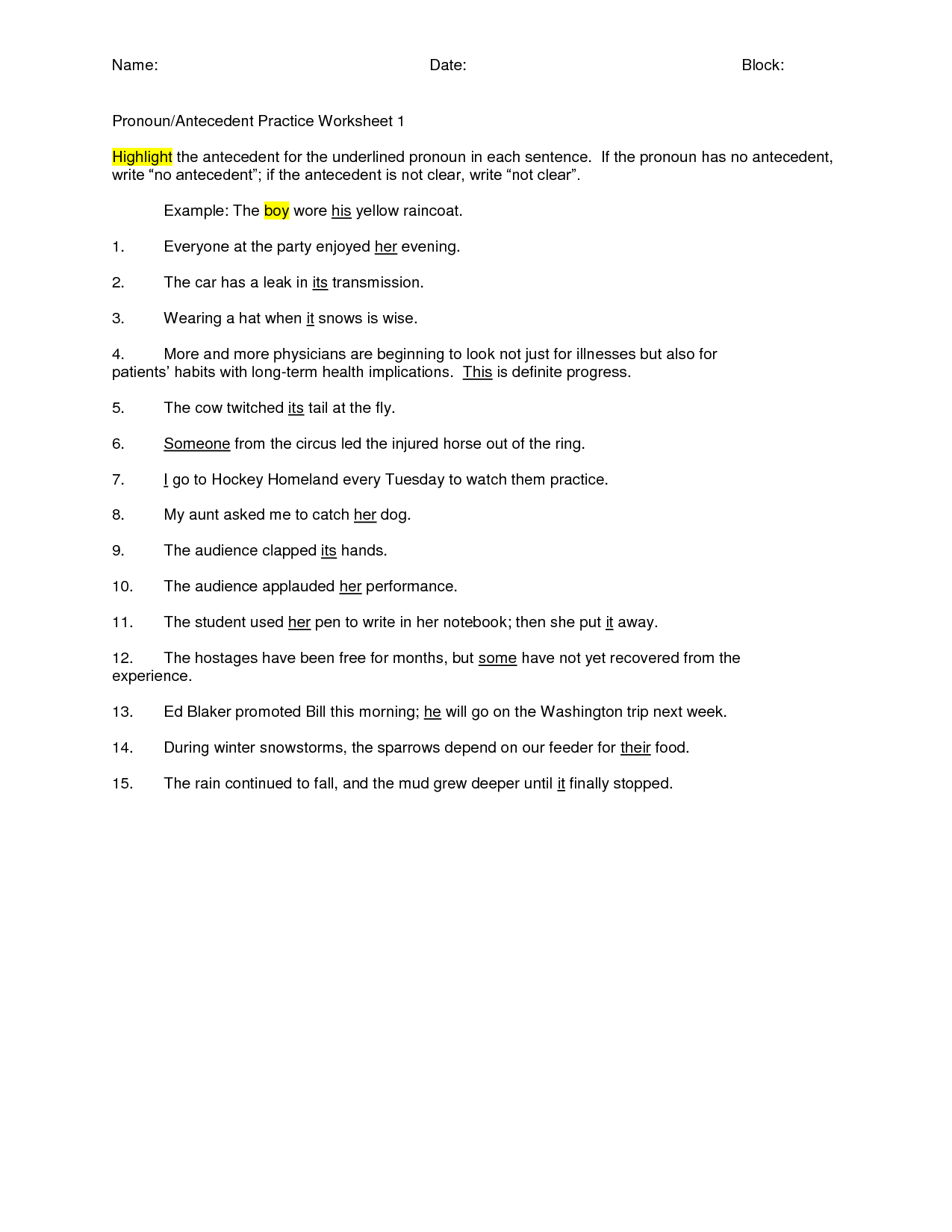
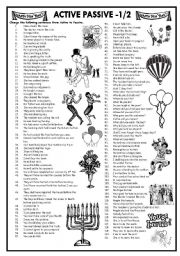
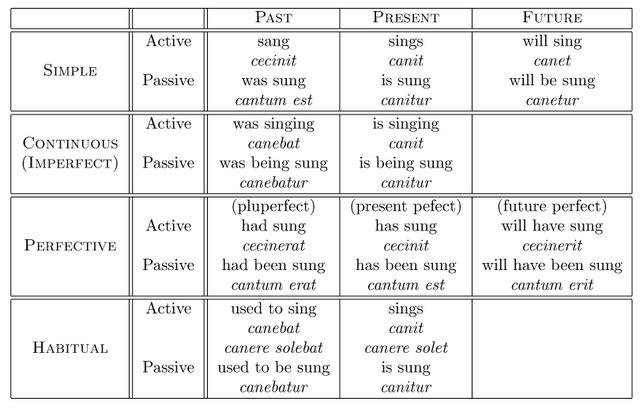
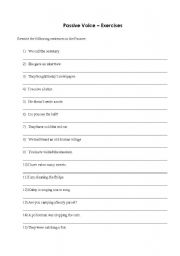
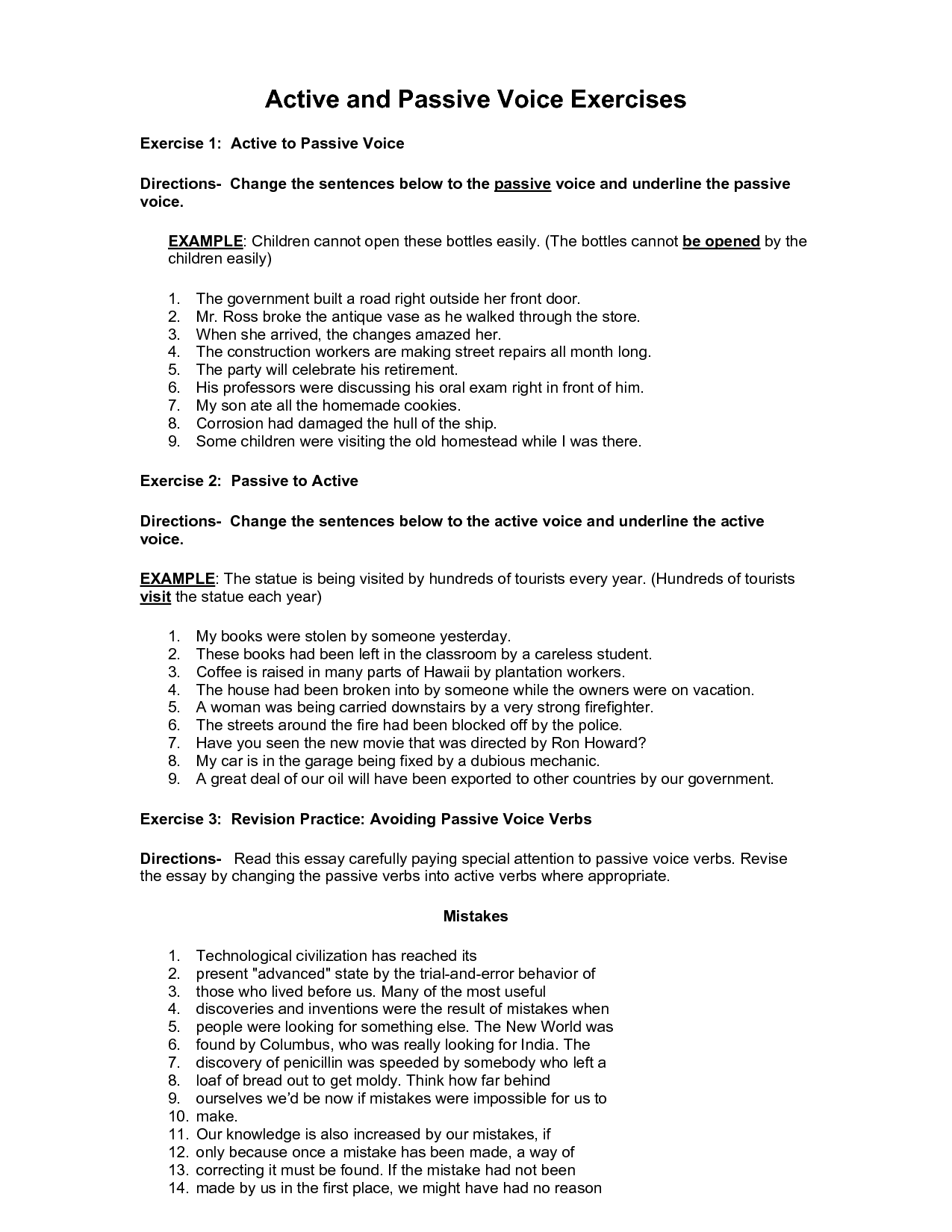
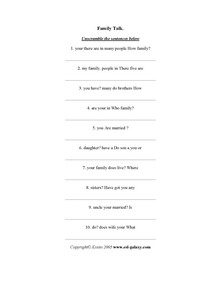
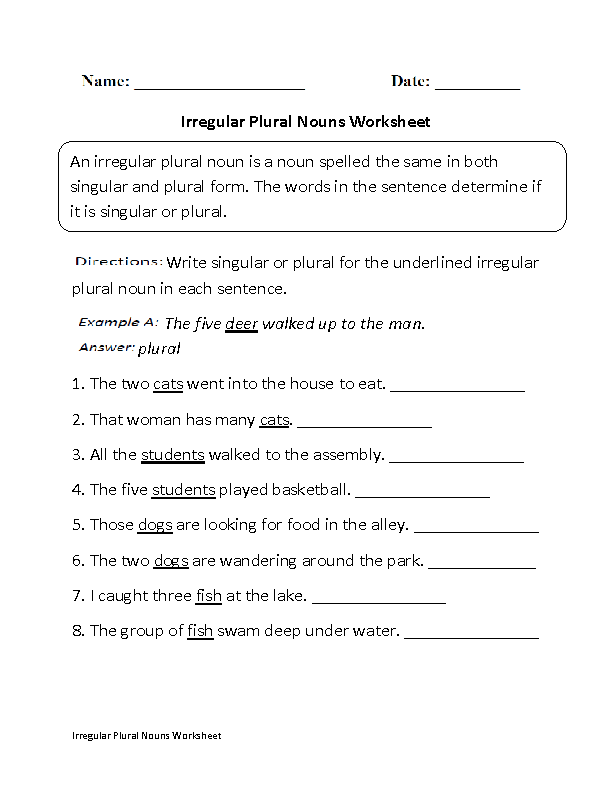

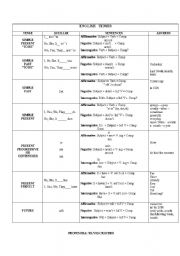








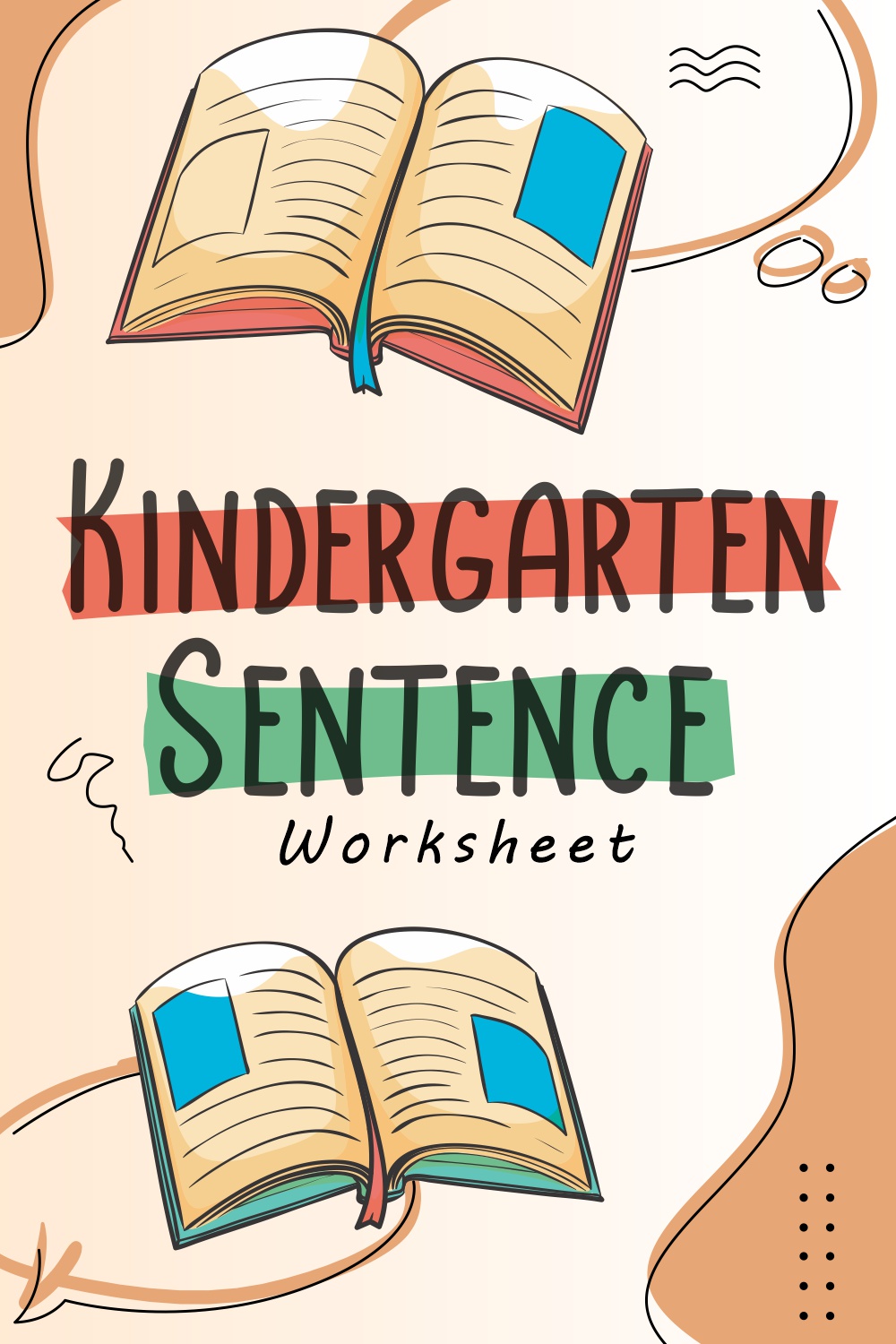
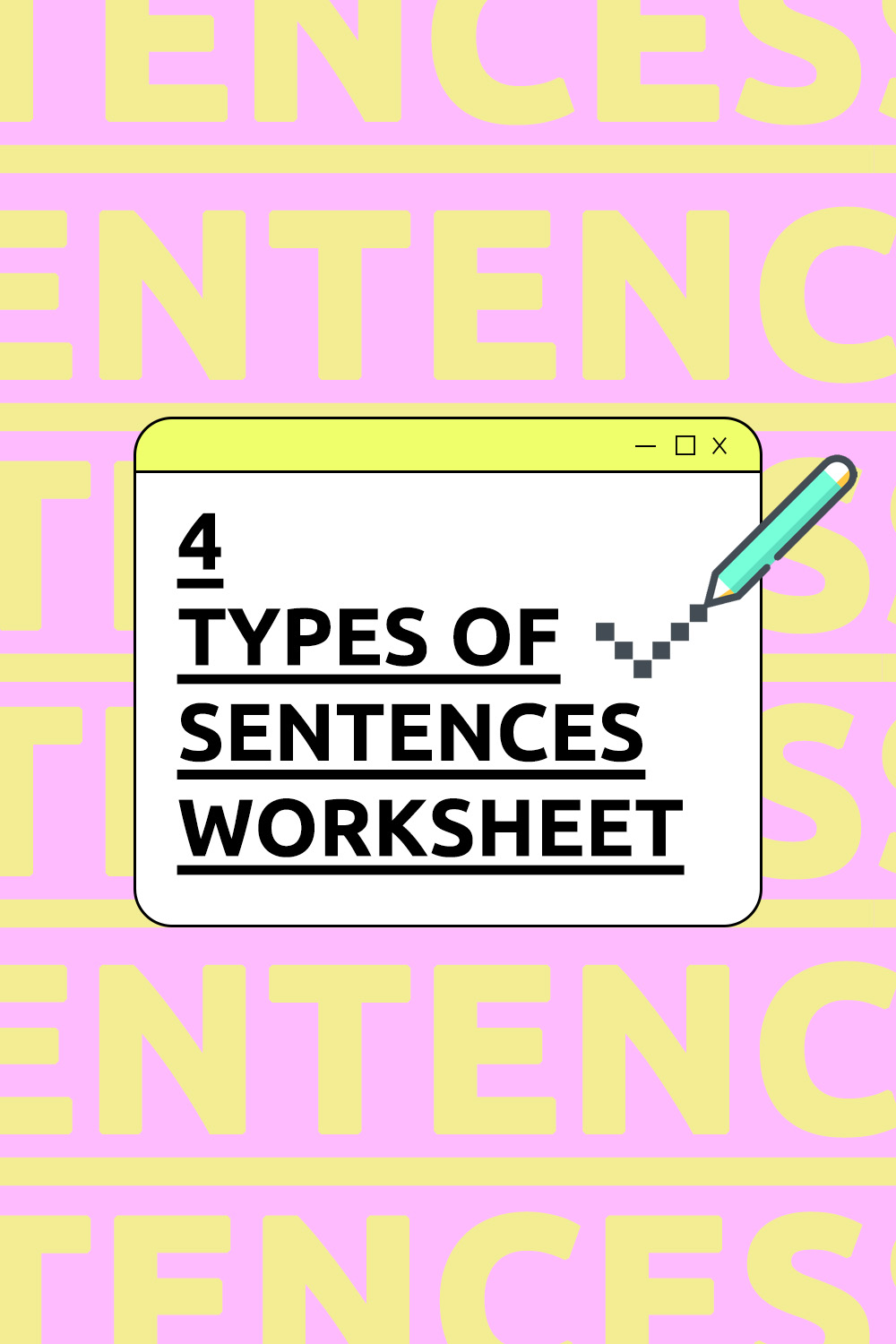
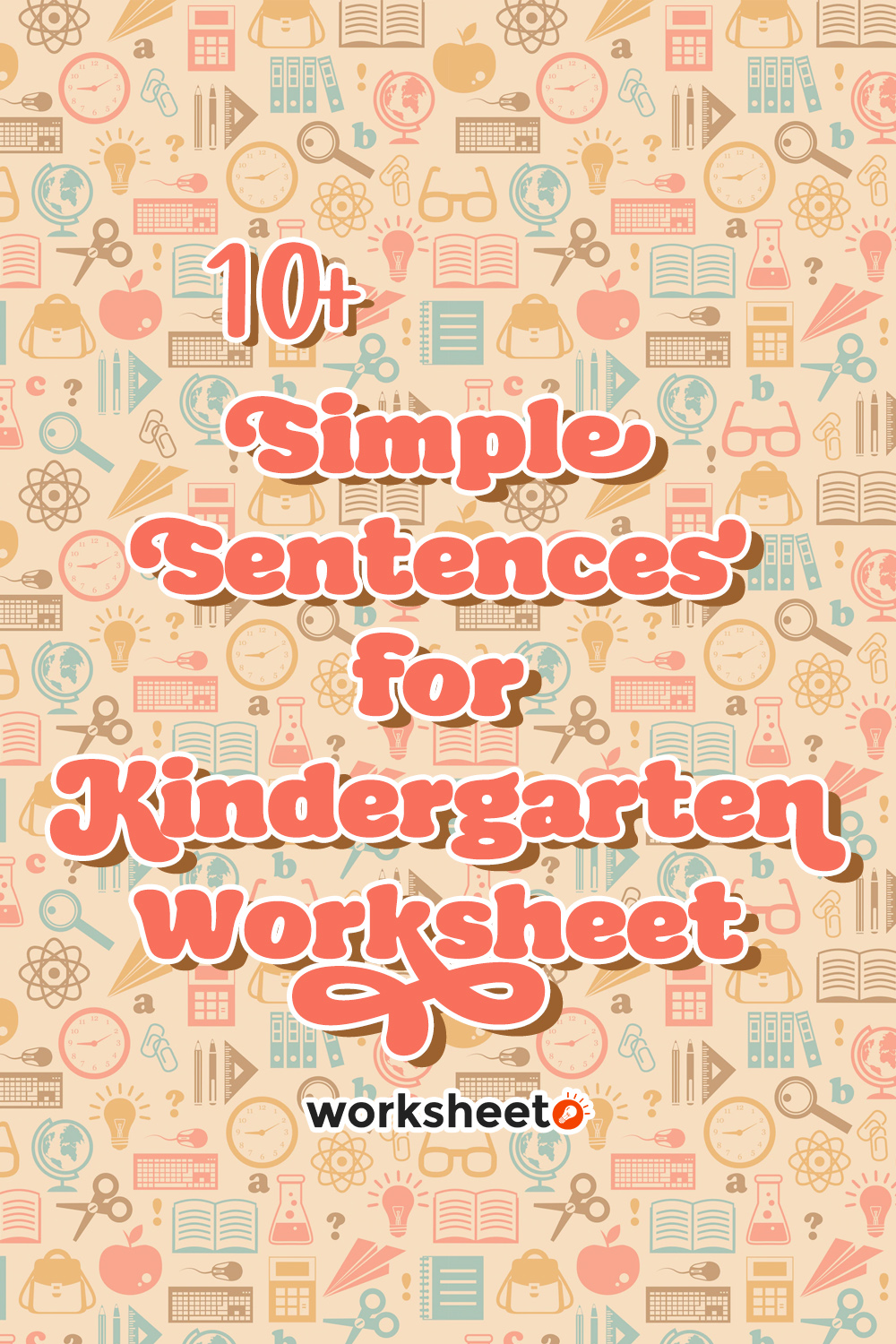
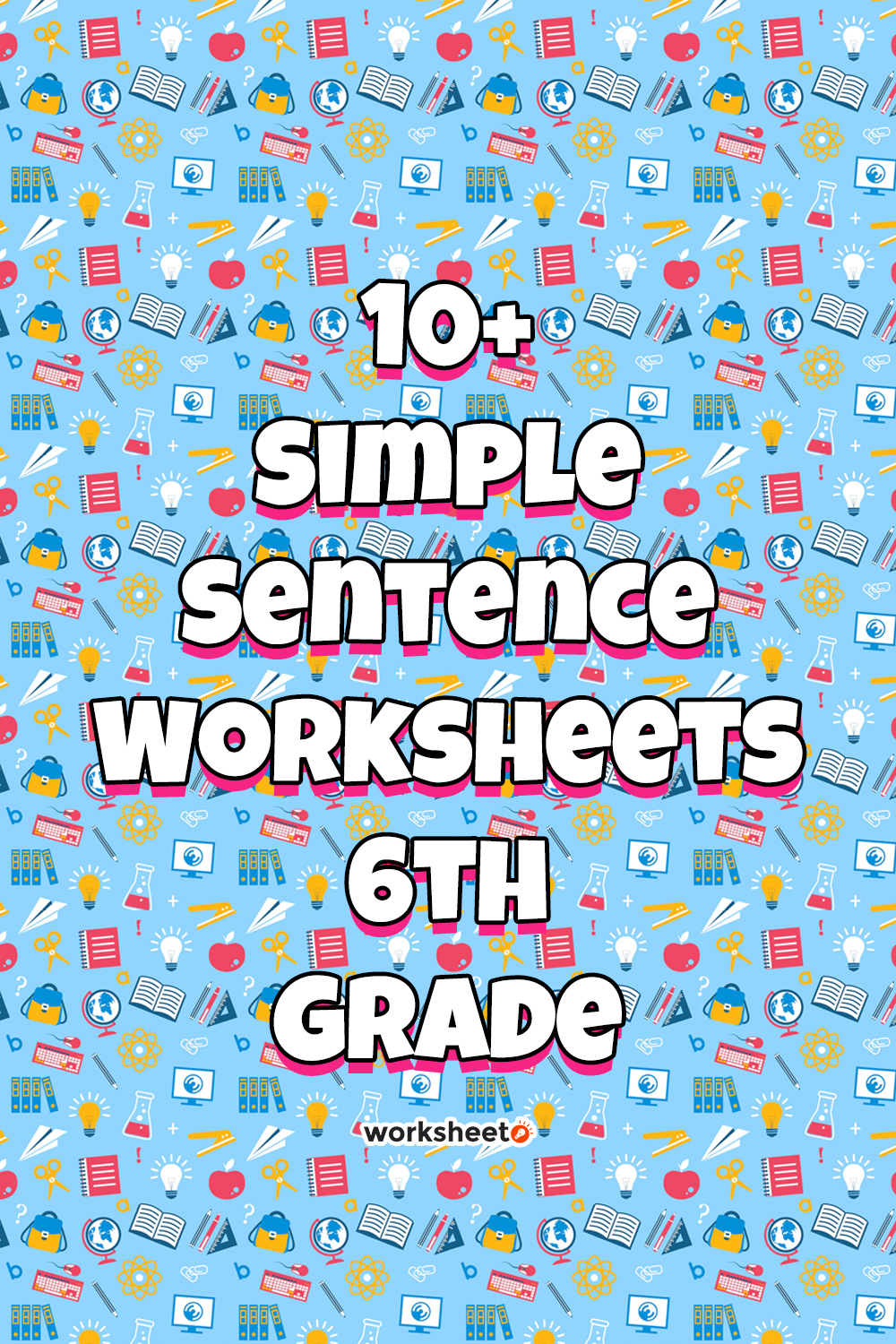
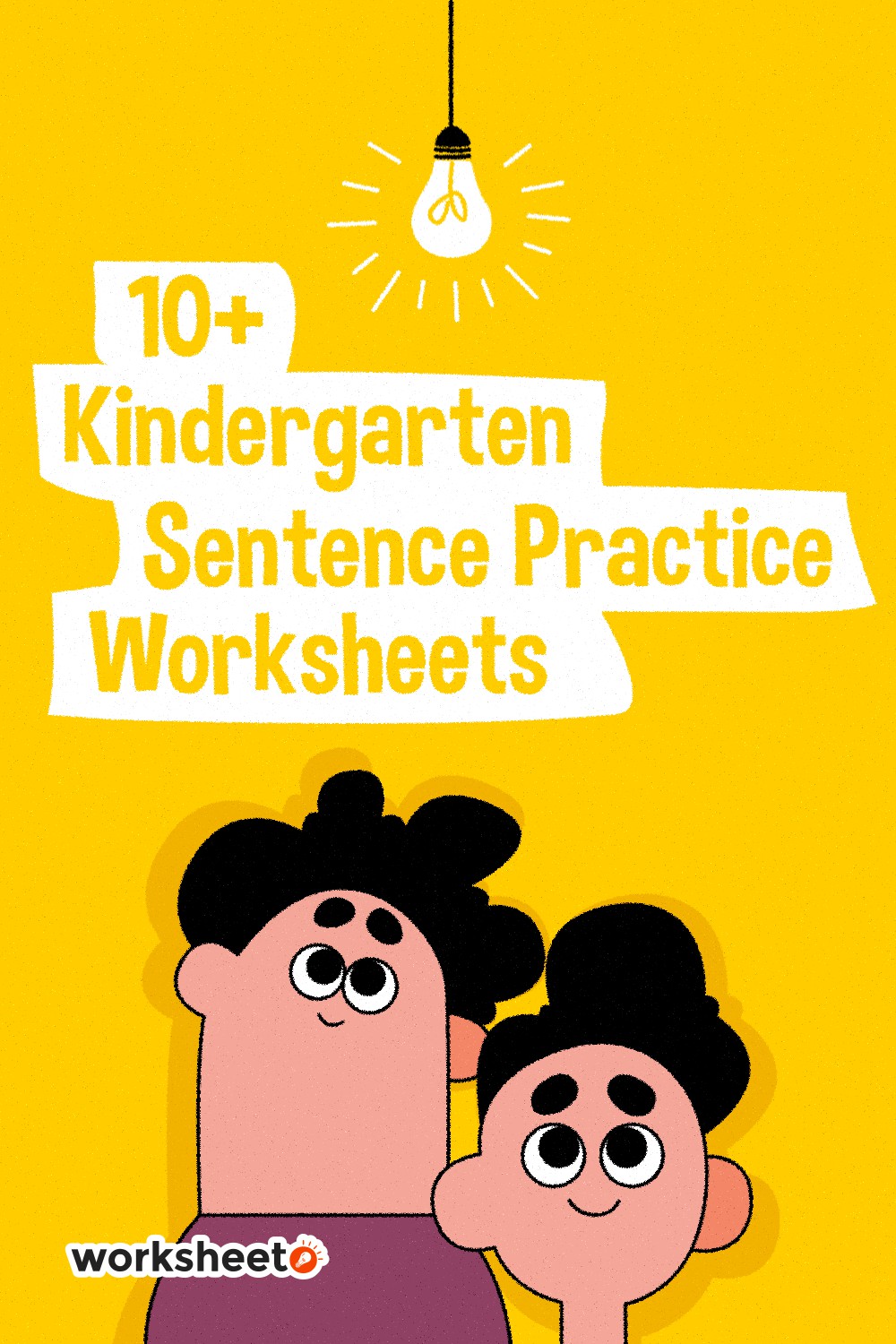
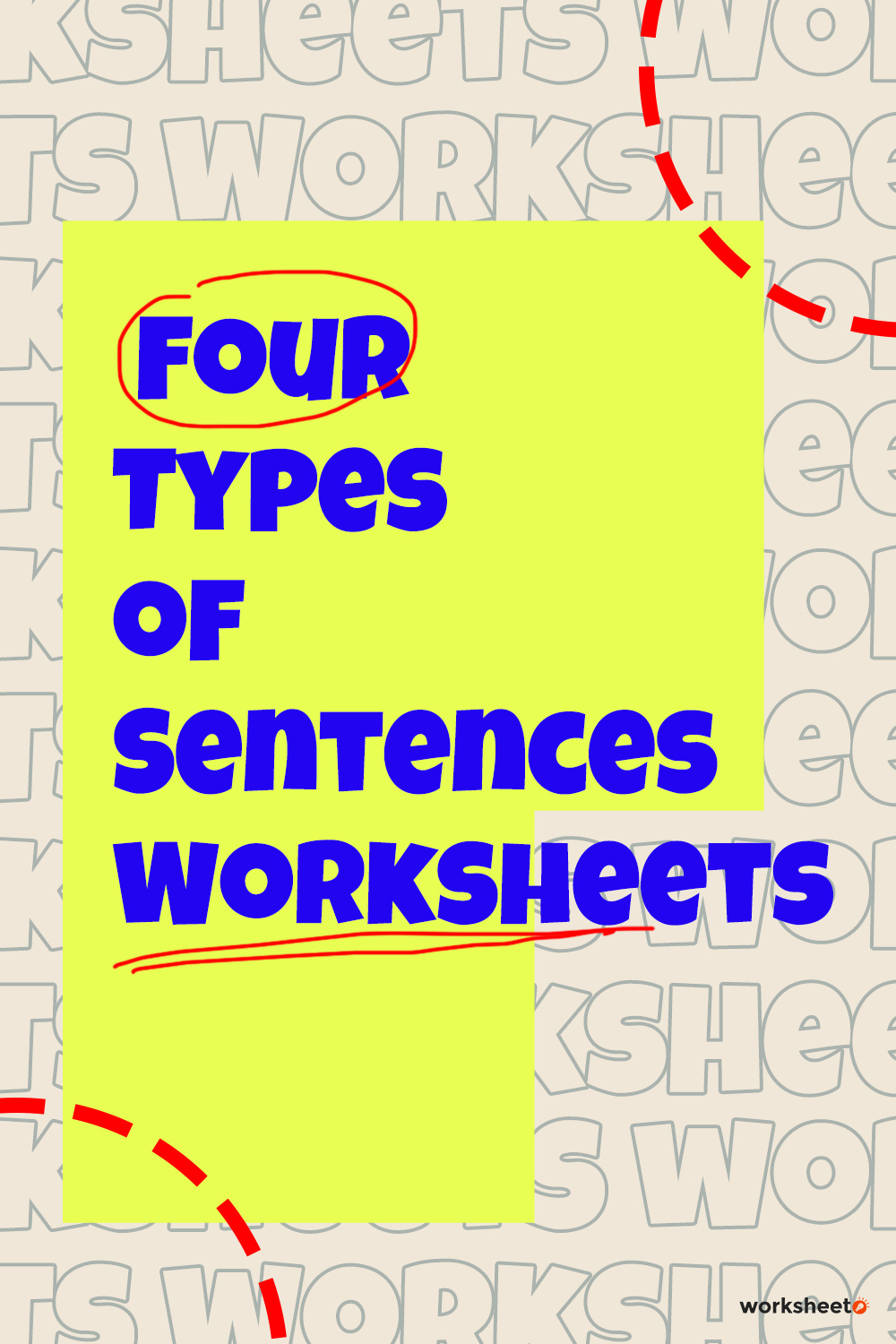
Comments